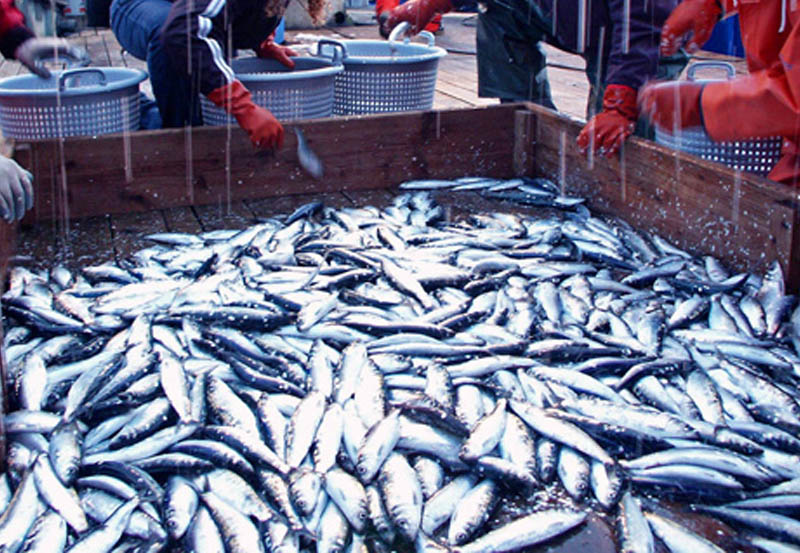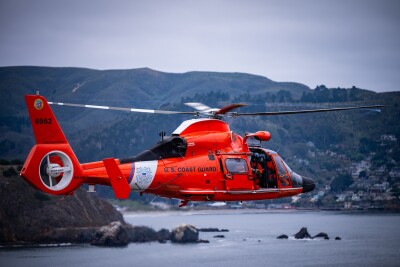Sitka Sound traditionally kicks off Alaska’s roe herring circuit and this year’s harvest is lining up to be a good one.
The Sound was “boiling” with the most herring they had ever seen, said fishermen on the grounds. A three hour and 20-minute opener on March 19 was followed by a 15-minute opener on the 22nd, bringing the total catch to about half of the 14,647 ton quota. Fishermen were awaiting word of another opener while processors were hustling to handle the herring hauls.
The female herring are valued by Asian buyers for their roe as a percentage of body weight, and the Sitka fish were averaging good roe counts of 11 to 12 percent. Fishermen averaged $250 a ton last year and market reports indicate a good chance of higher prices this season.
A herring pound fishery could be the next to go near Craig and Klawock. Fishermen there can catch 349 tons this year and place them in enclosures that contain blades of kelp that hold the sticky herring spawn, prized by buyers.
Kodiak’s herring season begins in mid-April, and the harvest is set at a conservative 1,645 tons.
“We expect an increase in the herring biomass but it will be mostly younger, 3-5 year old fish. Thus, the smaller quota,” said area manager James Jackson at the local Alaska Department of Fish and Game office.
Alaska’s biggest herring fishery occurs in May at Togiak in Bristol Bay. The harvest this year is pegged at about 30,000 tons, based on “best guess-timates” by state managers.
Money for herring management for all areas but Sitka Sound was zeroed out in the state budget two seasons ago. That has eliminated the sampling necessary to accurately gauge herring stock abundance and age classes.
“For us the bigger impact is that we can’t produce a good forecast for Togiak herring because we didn’t do the sampling,” said regional manager Tim Sands at Dillingham. “The data gap will cycle through our whole population estimate. Togiak herring live more than 12 years, so even if we were to start sampling again this year, we’ll have that data gap for at least eight years.”
Togiak fishermen in 2016 received just $100 per ton for their roe herring.







